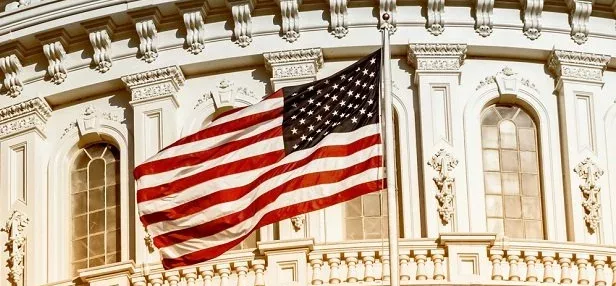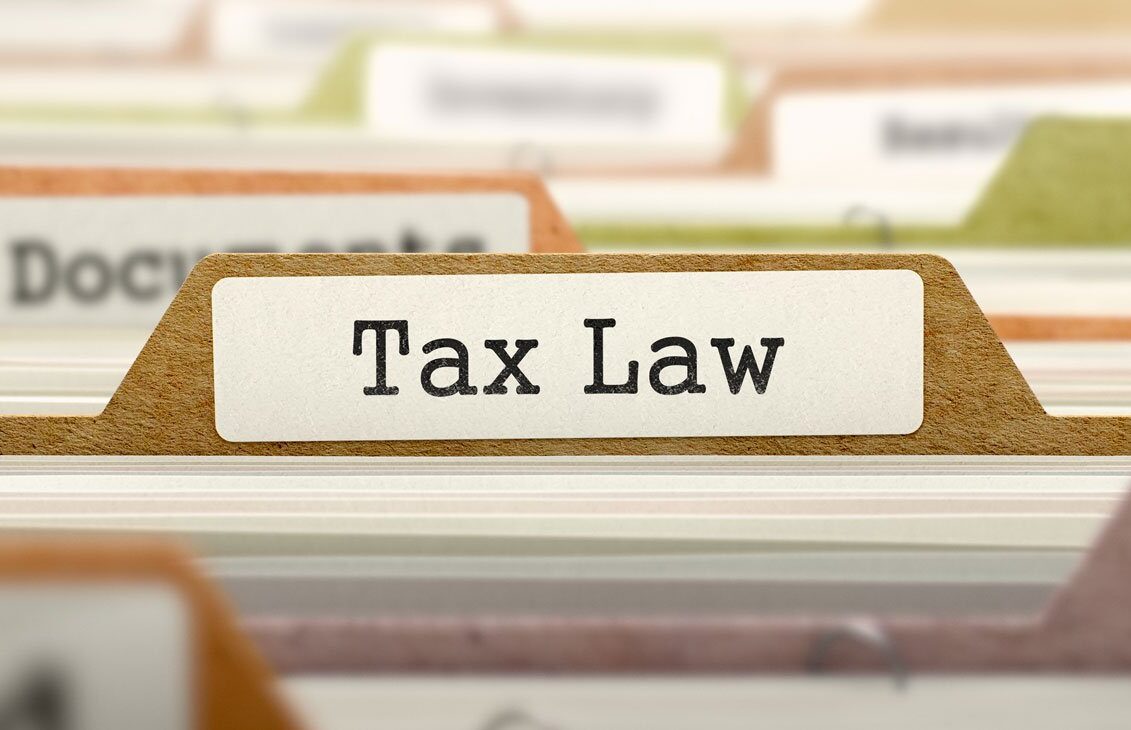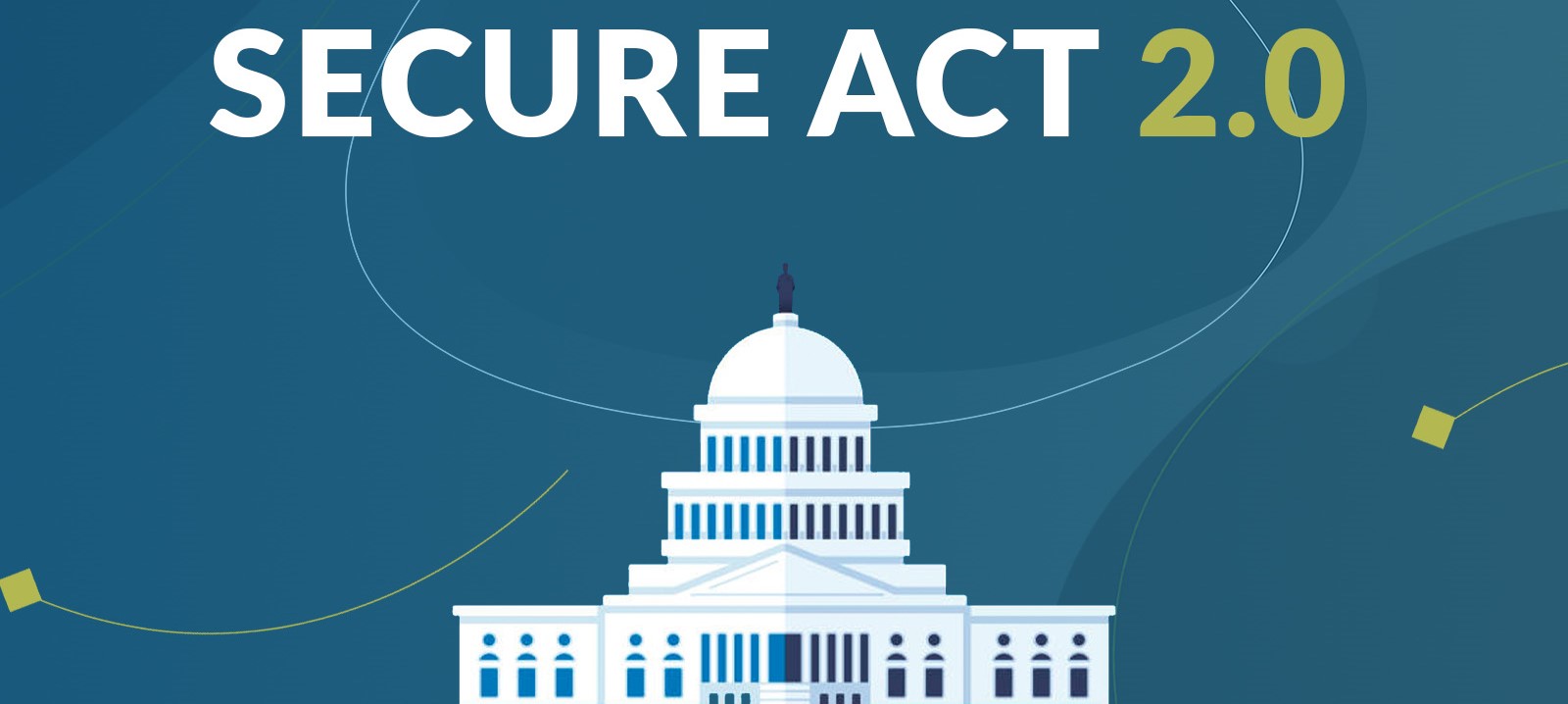The House passes SECURE 2.0, a bill designed to increase savings in IRAs and company plans, but it’s not yet law.
The bill is officially called the “Securing a Strong Retirement Act of 2022,” but many are calling it “SECURE 2.0” since it’s seen as an expansion of the original SECURE Act from 2019. On March 29, the House passed the bill by a near-unanimous 414-5 vote. The action now moves to the Senate where several committees are working on their own retirement bills. If a consensus Senate bill emerges, it will have to be reconciled with the House bill before it goes to the president. All of this may take some time.
Here are the important pieces of the House bill:
- There would be a gradual increase in the age that traditional IRA required minimum distributions (RMDs) must start. Currently, the first RMD year is the age of 72 years. The bill would delay the first RMD year to age 73 starting in 2023, 74 in 2030, and 75 in 2033. You would be subject to the 73 RMD age if you were born on or after January 1, 1951, and before January 1, 1957.
- Some of you would be able to make higher catch-up contributions to your company plan or IRA beginning in 2024. For plans, the current catch-up limit for those age 50 or older is $6,500. That limit would increase to $10,000, but only if you are age 62, 63, or 64. For IRAs, the current catch-up limit is frozen at $1,000. The bill would allow that limit to increase based on the cost of living.
- Any catch up-contributions to plans for those over age 50 would have to be made as Roth contributions starting in 2023. In addition, as soon as the bill becomes law, your employer could allow you to have employer matching contributions made as Roth contributions. (Currently, employer contributions are made pre-tax.) These changes were proposed to help pay for other provisions of the bill.
- The limit on “qualified charitable distributions,” which are tax-free direct transfers from traditional IRAs to charities, would also be indexed for inflation as soon as the bill becomes law. That limit is currently $100,000 per person, per year.
- Starting in 2024, employers with more than 10 employees who establish a new 401(k) or 403(b) plan would have to provide automatic enrollment. This means that employees would be forced to contribute to the plan unless they opt-out.
- Employers would be allowed to make matching contributions to company savings plans and SIMPLE IRAs on student loan payments beginning next year.
- The “Saver’s Credit”, a federal tax credit for mid and low-income taxpayers who contribute to an IRA or company plan, would be expanded, but not until 2027.
- As soon as the bill becomes law, there would be a new exception to the 10% early distribution penalty for IRA and plan withdrawals by victims of domestic abuse.
It’s important to emphasize that although the House passes SECURE 2.0, this bill is not yet law and has a ways to go before it becomes law. We will keep you informed. In the meantime, catch up on additional highlights, HERE.
By Ian Berger, JD
IRA Analyst











